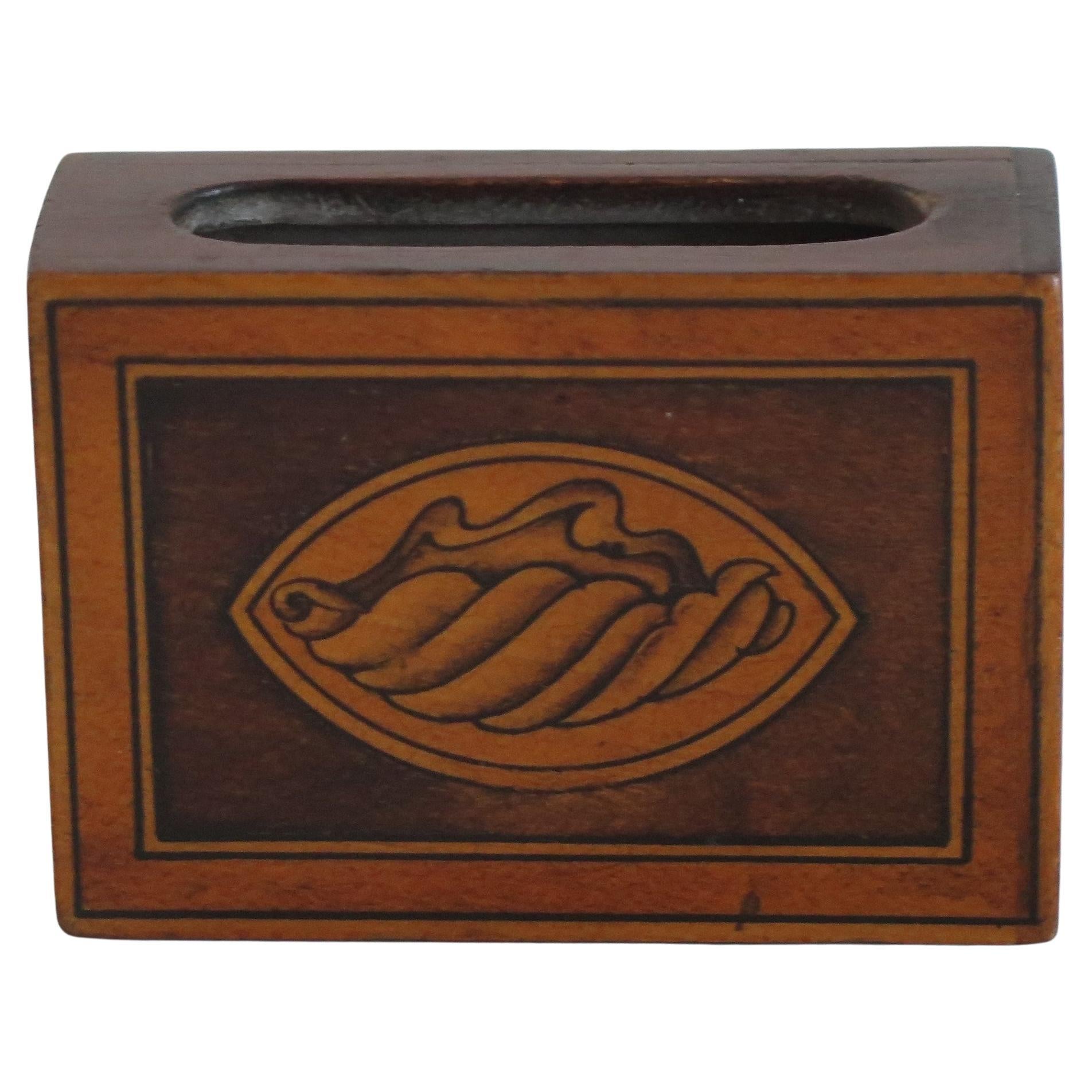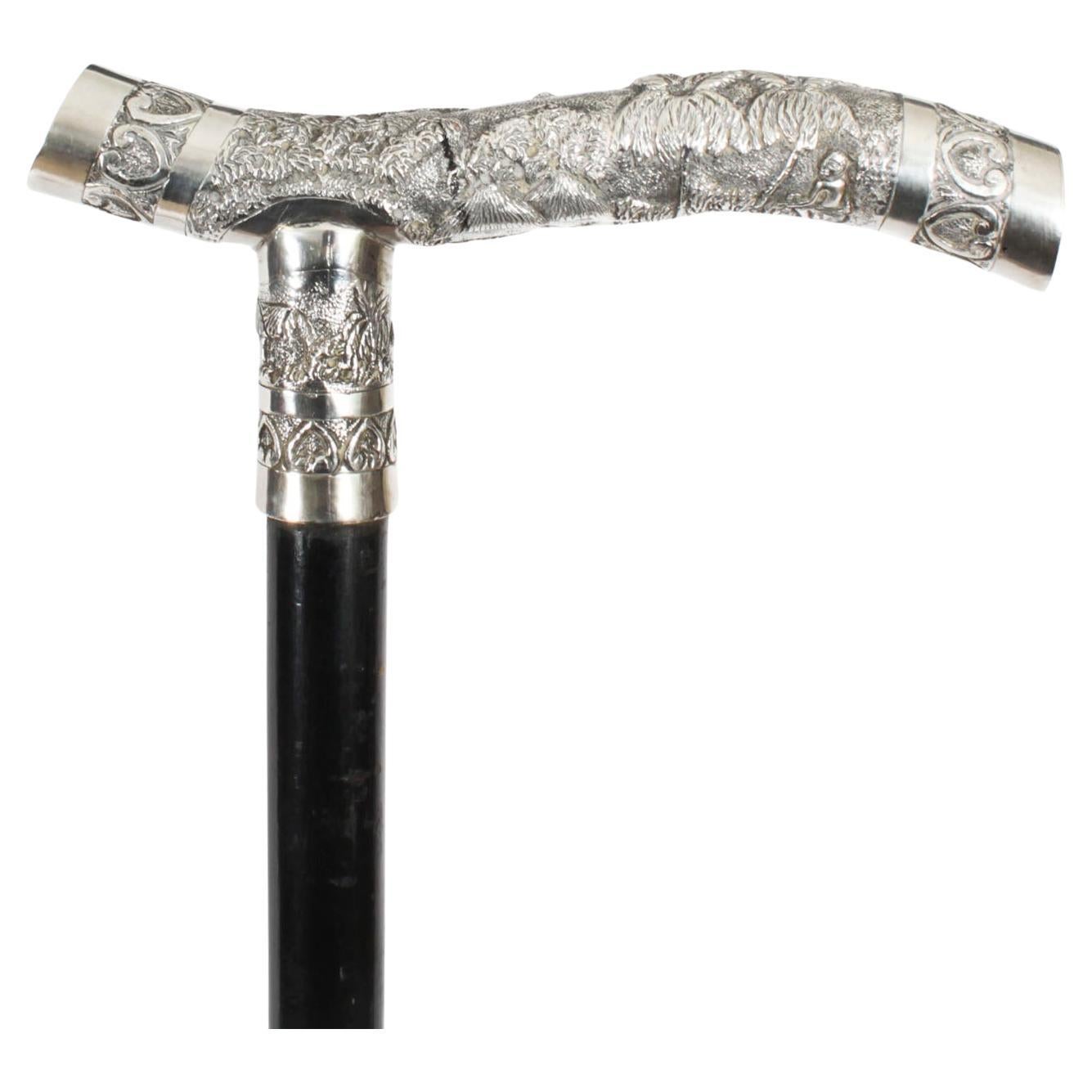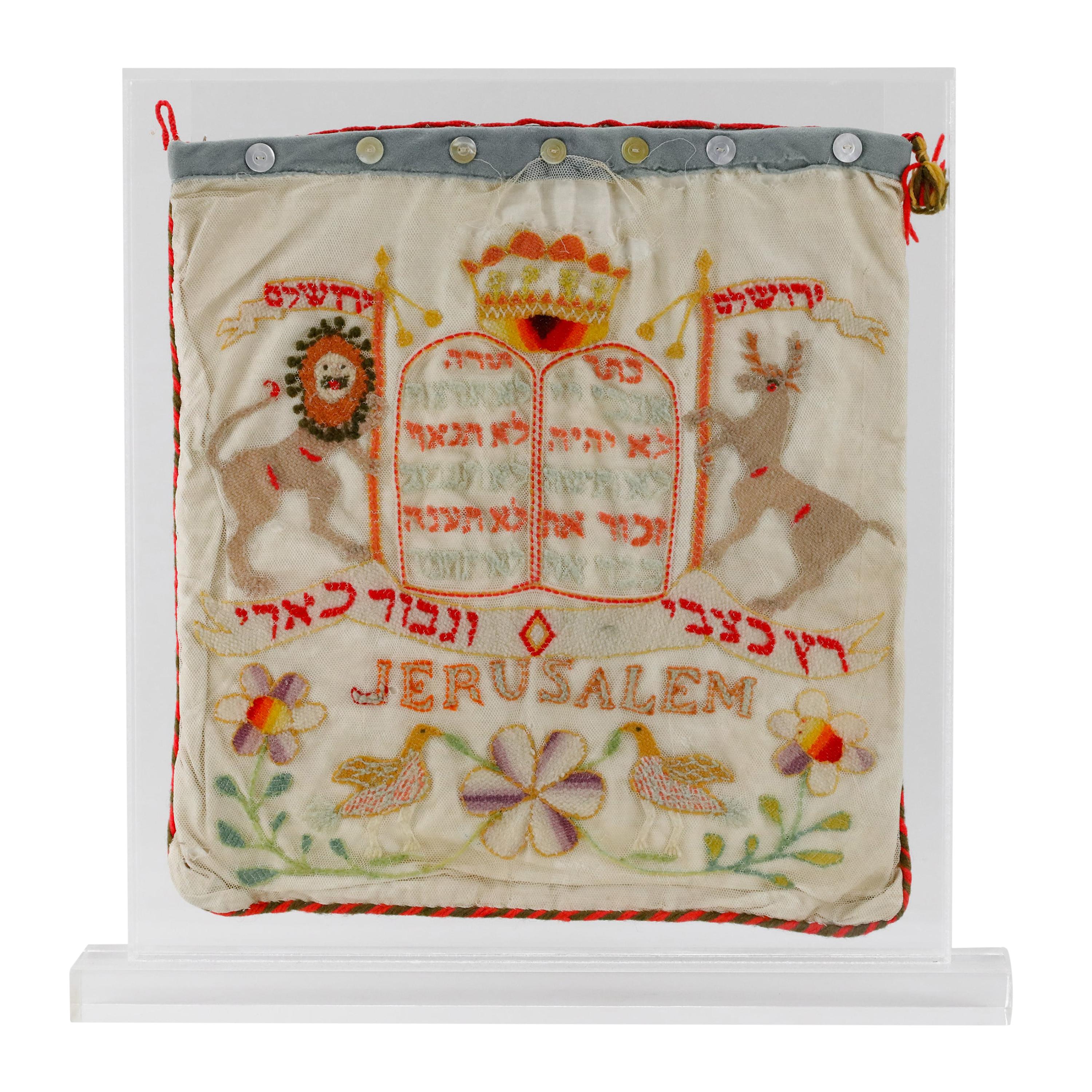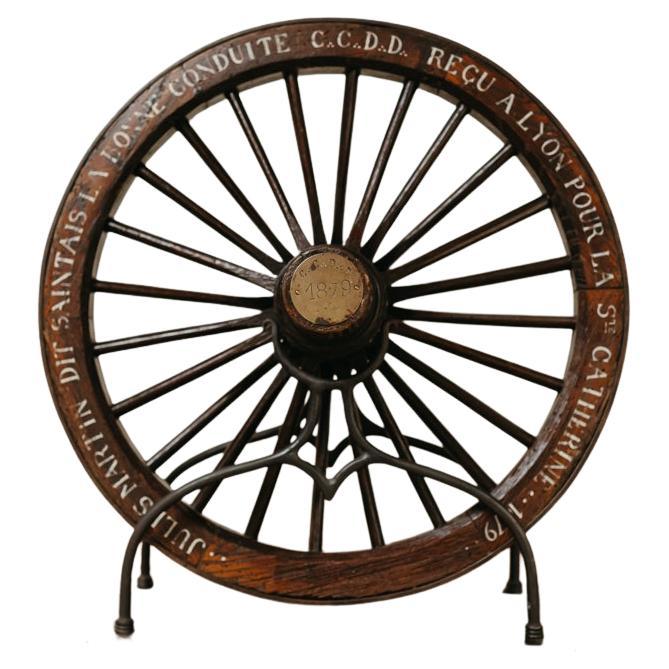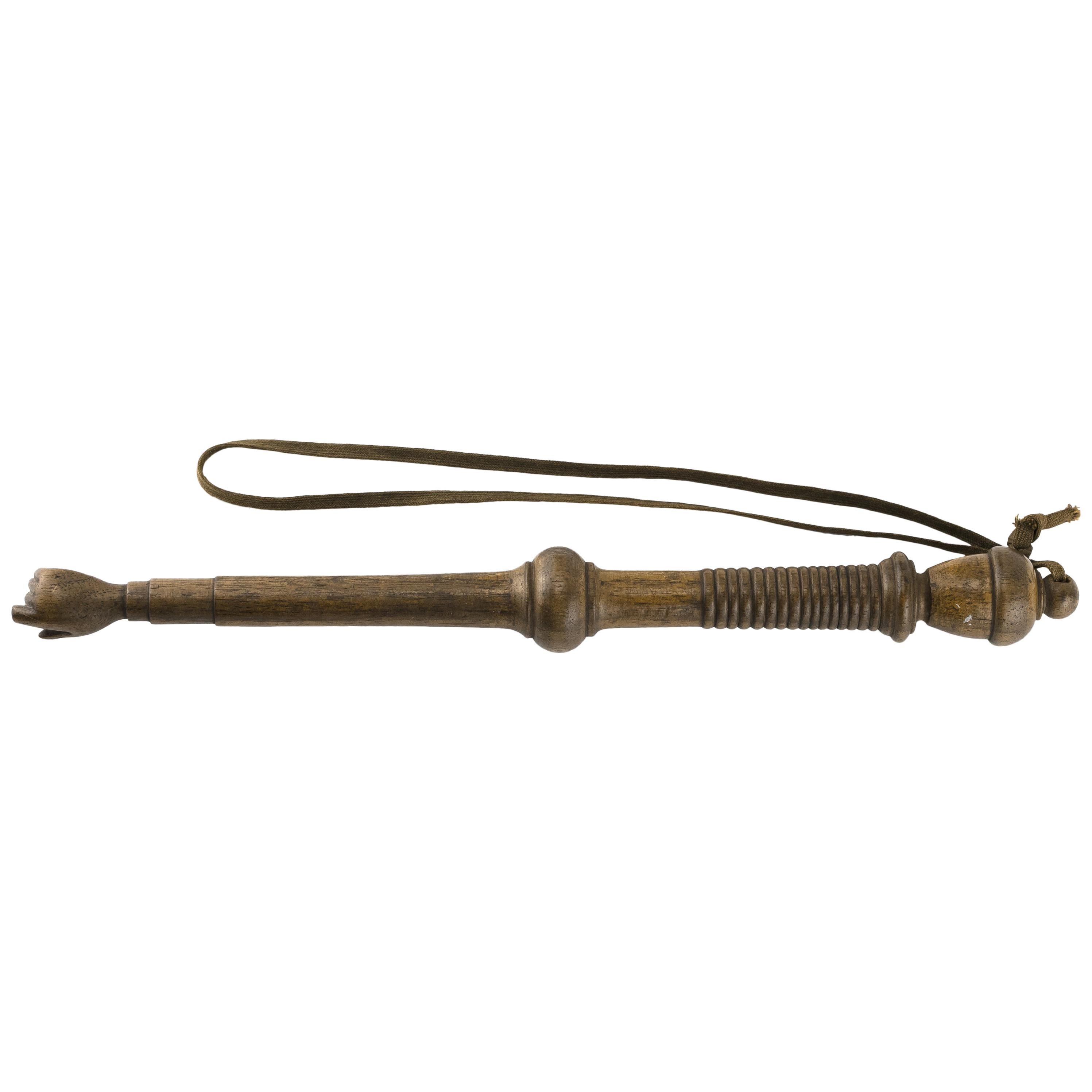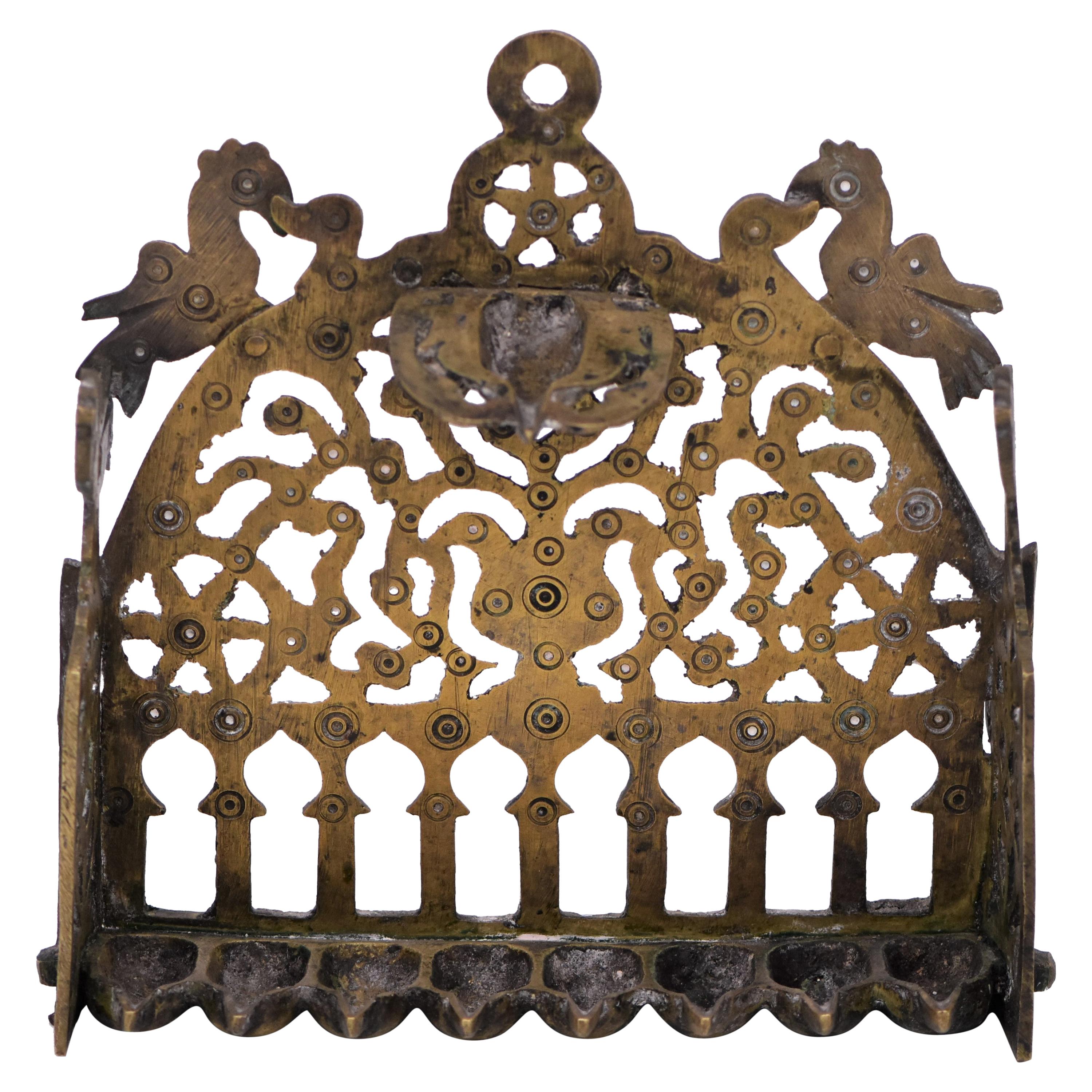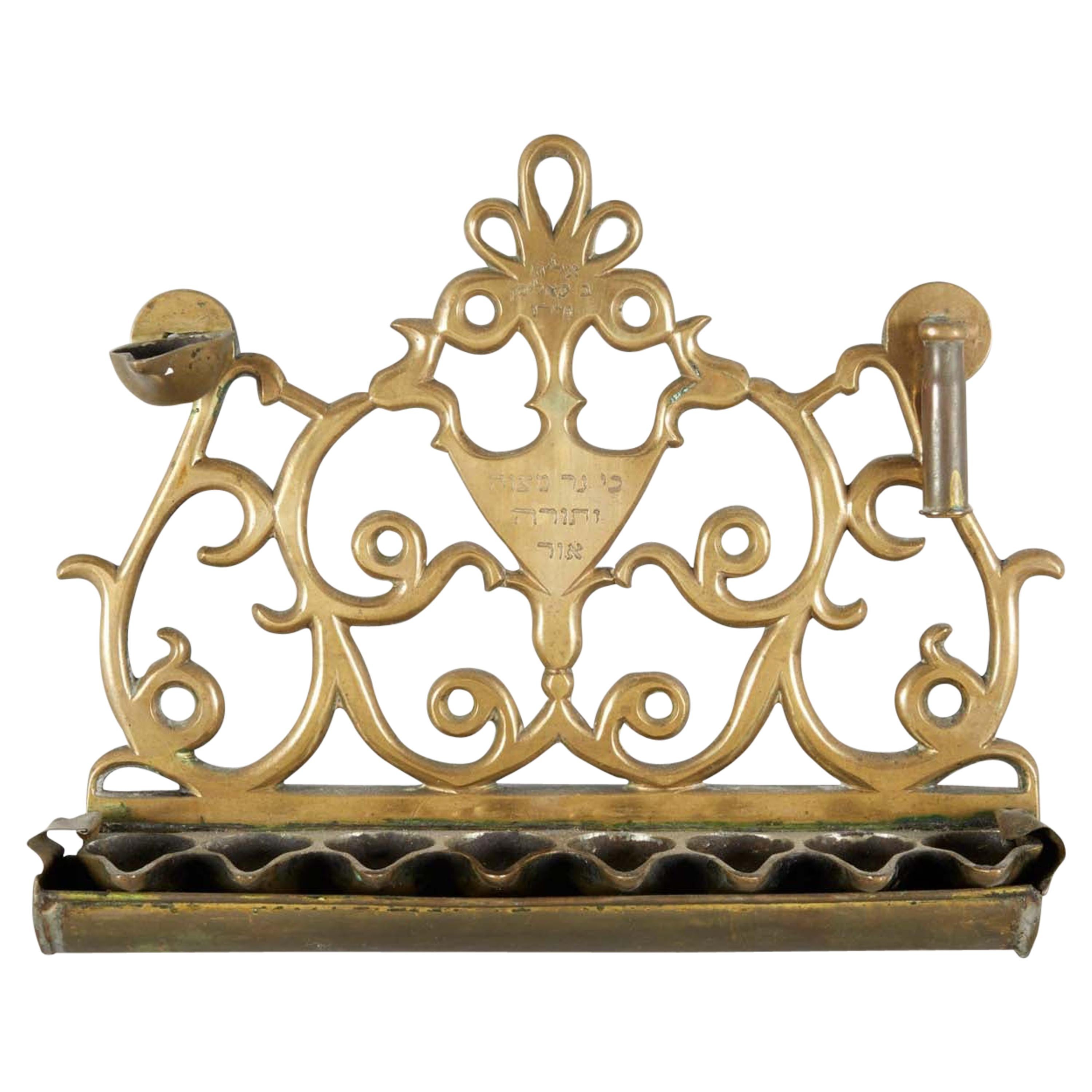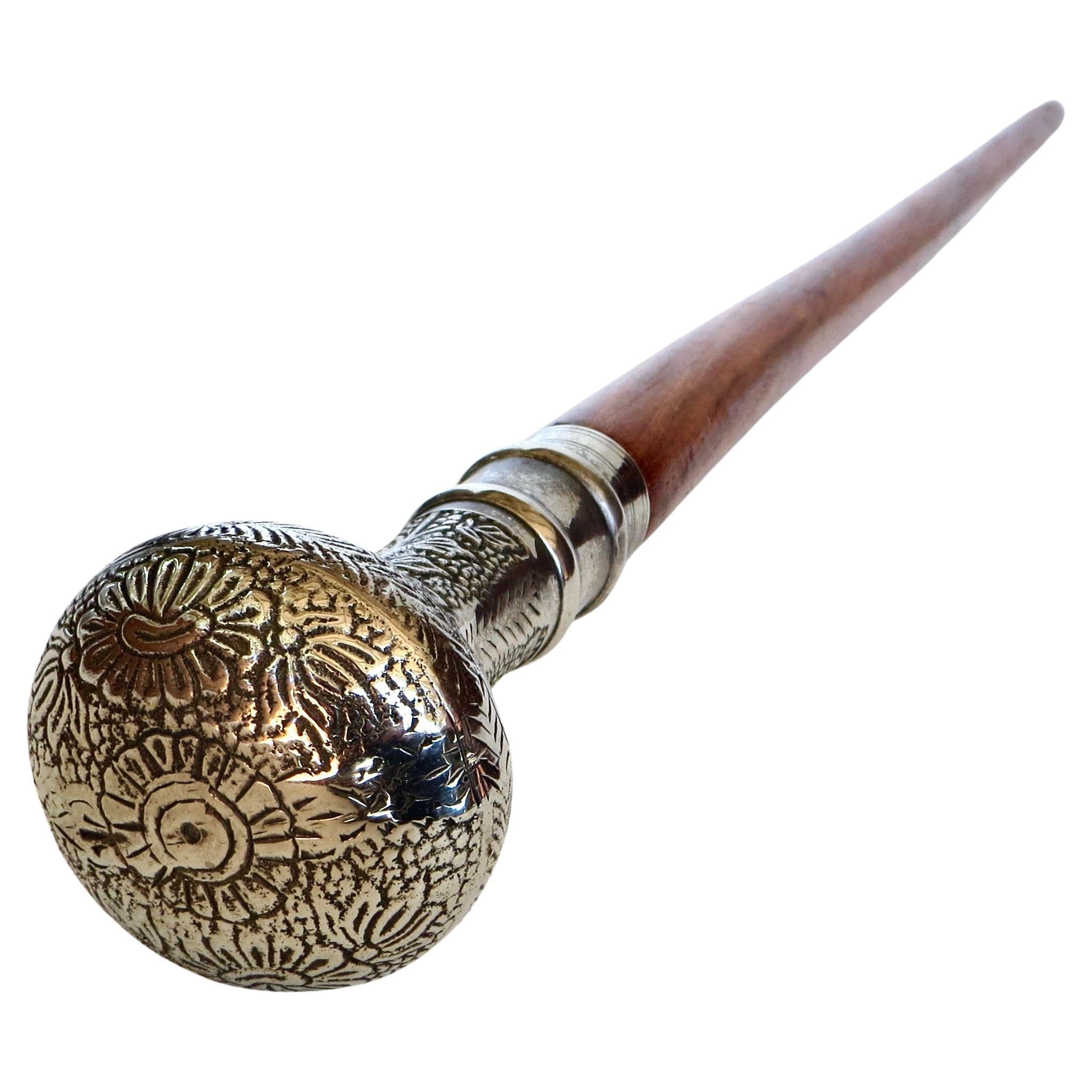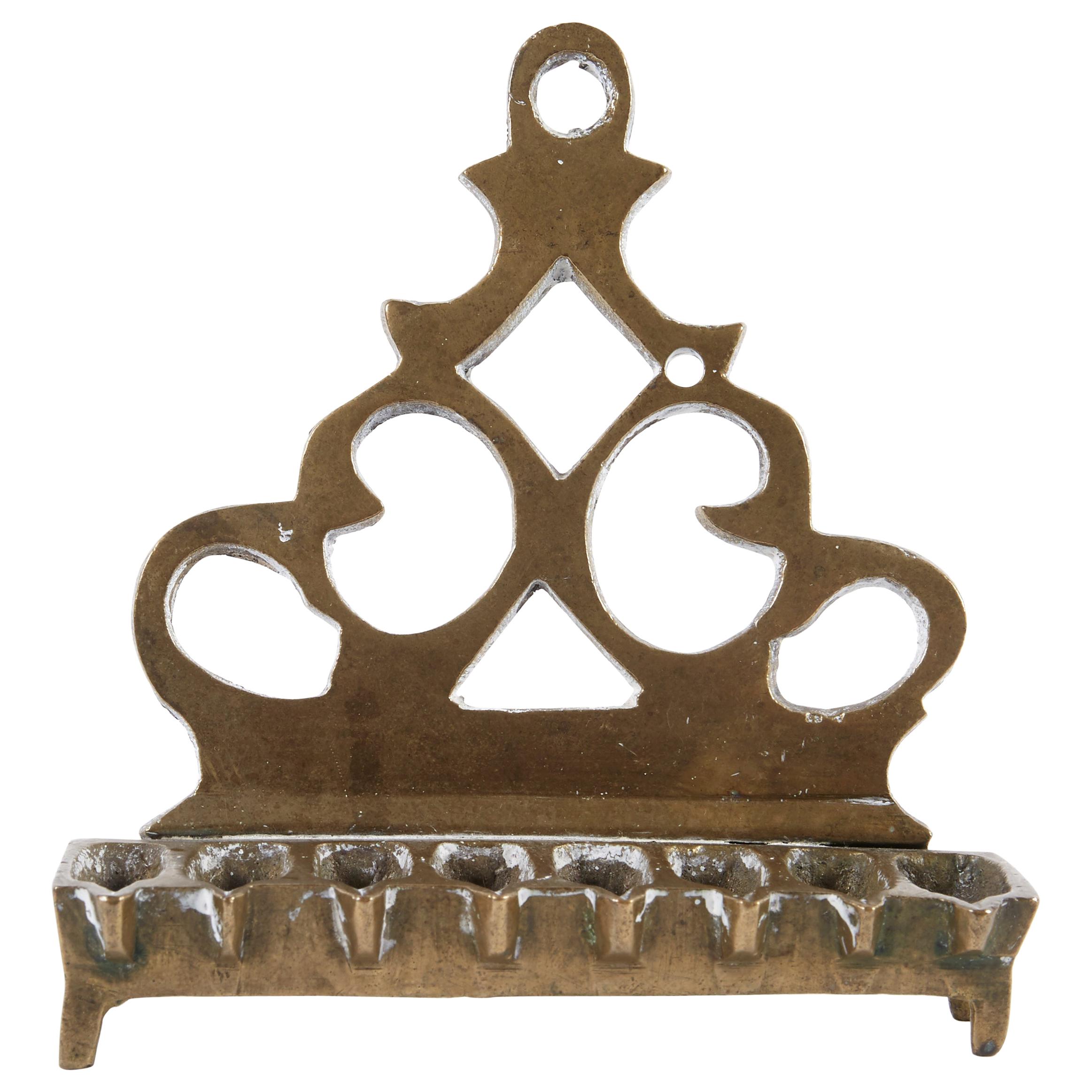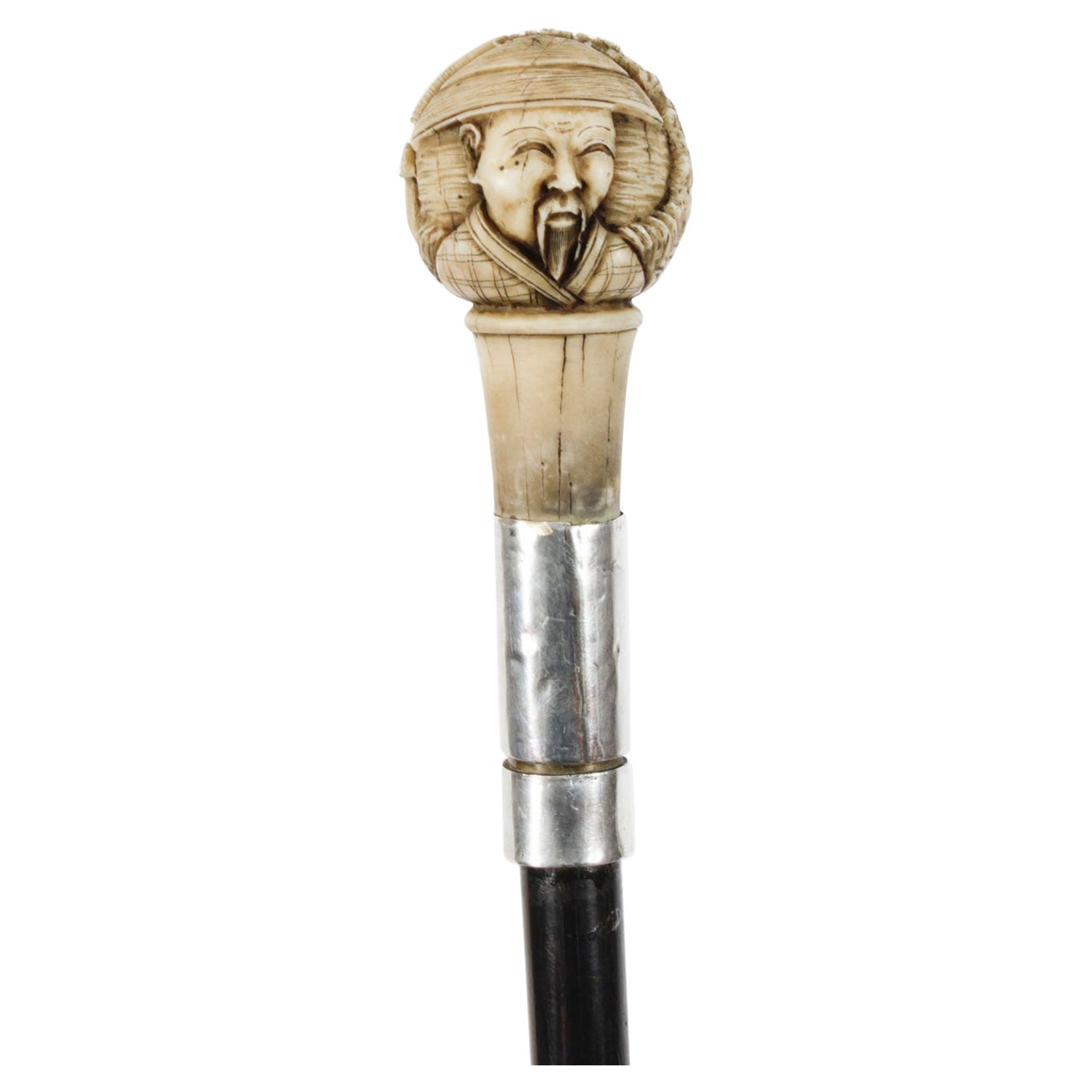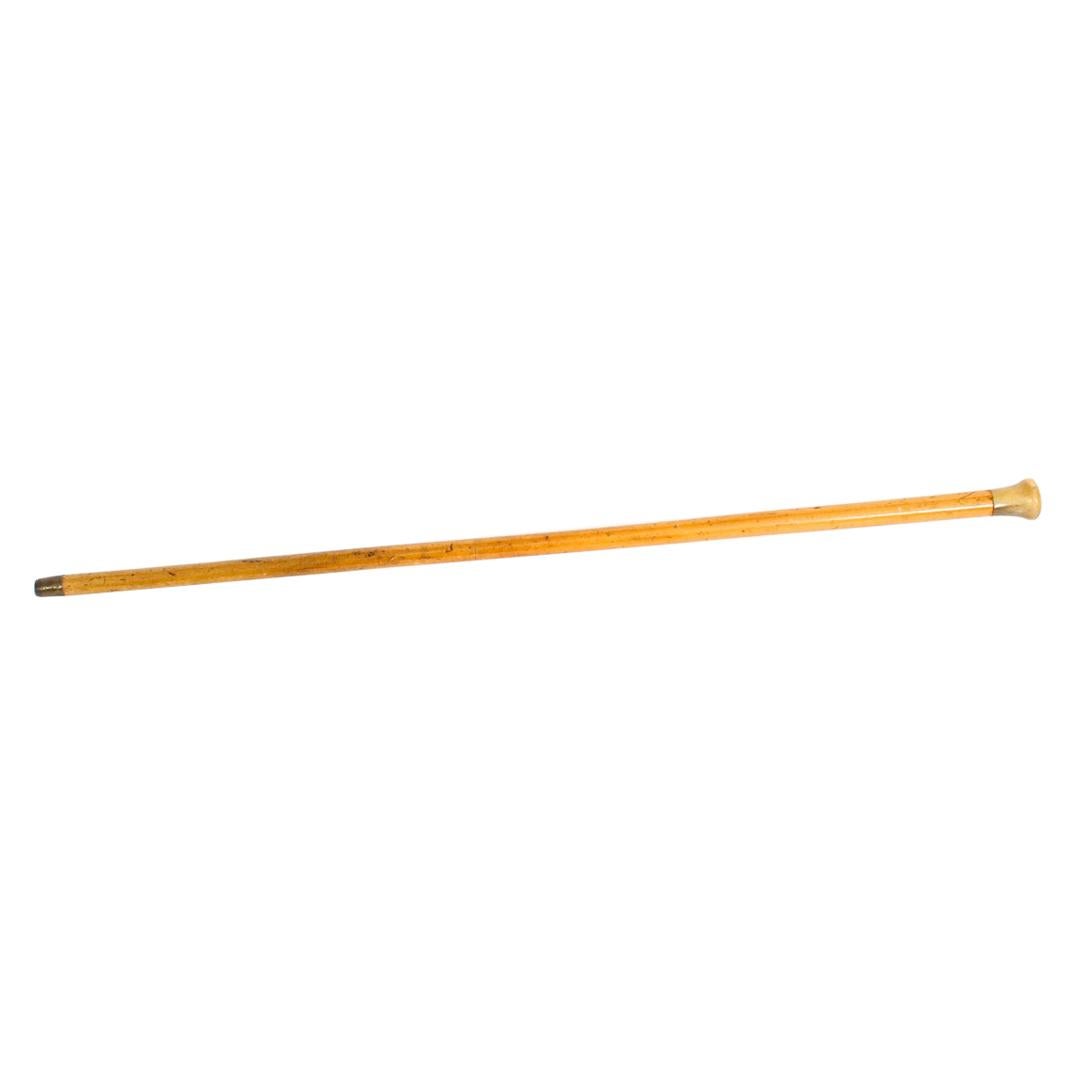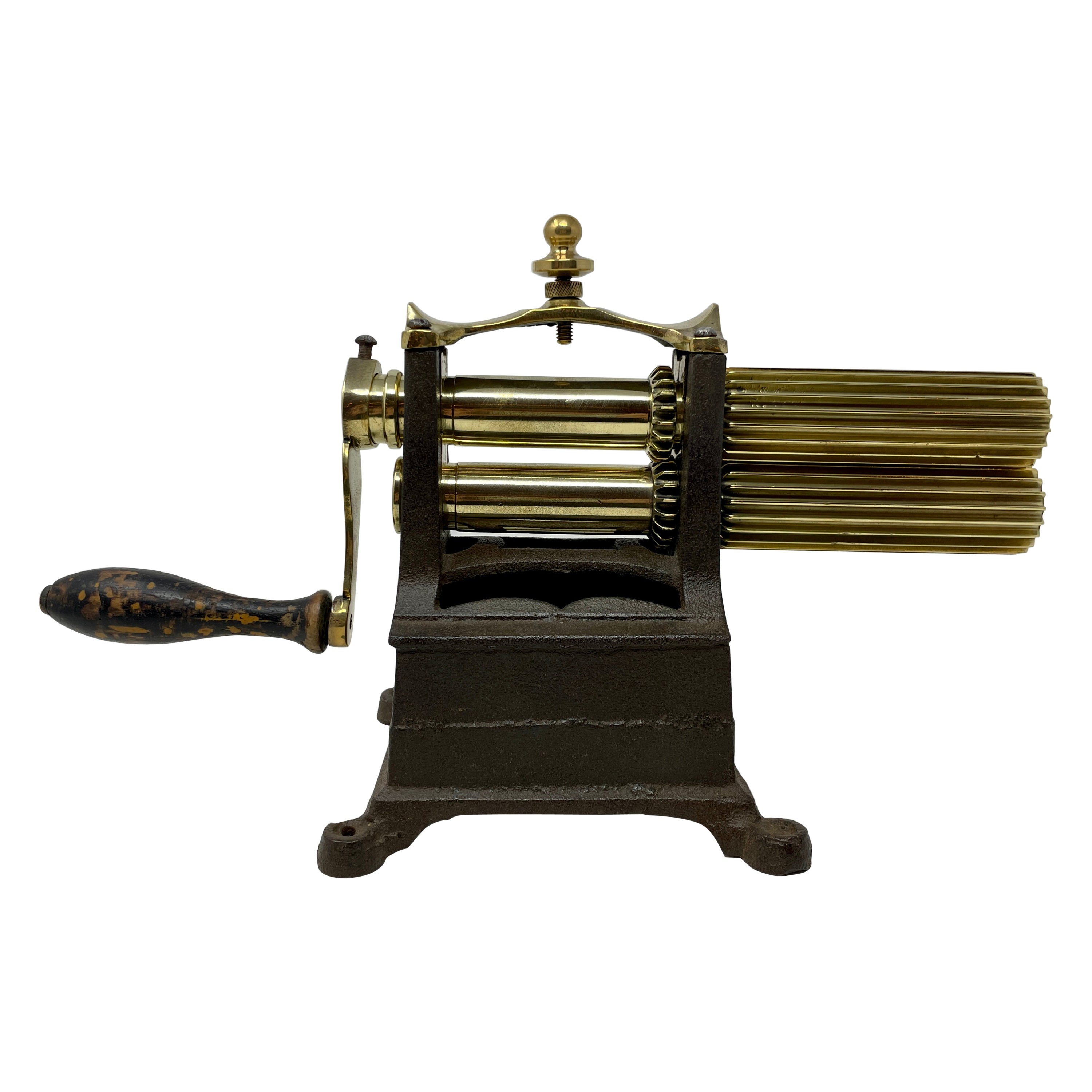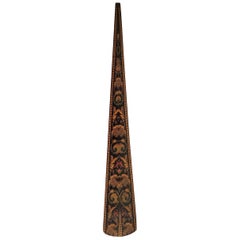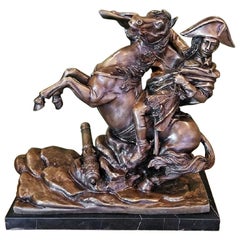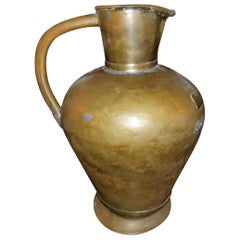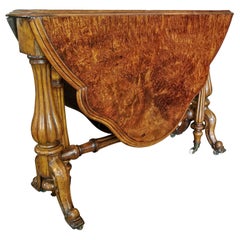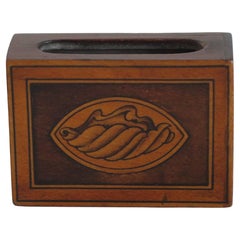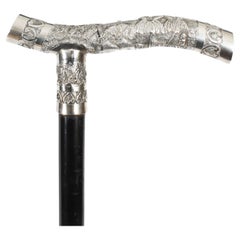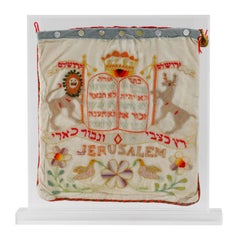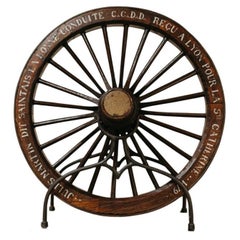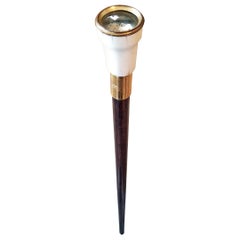
19th Century Gamblers Walking Cane with Dice in the Handle
View Similar Items
Want more images or videos?
Request additional images or videos from the seller
1 of 10
19th Century Gamblers Walking Cane with Dice in the Handle
Price:$949
About the Item
- Dimensions:Height: 36.5 in (92.71 cm)Width: 2.5 in (6.35 cm)Depth: 2.5 in (6.35 cm)
- Style:High Victorian (Of the Period)
- Materials and Techniques:
- Place of Origin:
- Period:
- Date of Manufacture:1860
- Condition:Wear consistent with age and use. Very good condition. A couple of minor 'cracks' to the bone.
- Seller Location:Dallas, TX
- Reference Number:1stDibs: LU3978112093833
About the Seller
4.9
Vetted Professional Seller
Every seller passes strict standards for authenticity and reliability
Established in 2015
1stDibs seller since 2018
390 sales on 1stDibs
Authenticity Guarantee
In the unlikely event there’s an issue with an item’s authenticity, contact us within 1 year for a full refund. DetailsMoney-Back Guarantee
If your item is not as described, is damaged in transit, or does not arrive, contact us within 7 days for a full refund. Details24-Hour Cancellation
You have a 24-hour grace period in which to reconsider your purchase, with no questions asked.Vetted Professional Sellers
Our world-class sellers must adhere to strict standards for service and quality, maintaining the integrity of our listings.Price-Match Guarantee
If you find that a seller listed the same item for a lower price elsewhere, we’ll match it.Trusted Global Delivery
Our best-in-class carrier network provides specialized shipping options worldwide, including custom delivery.More From This Seller
View AllRare 19th Century English Tunbridgeware Hair Pin or Slide
Located in Dallas, TX
PRESENTING an EXTREMELY UNIQUE and RARE 19C British Tunbridgeware Hair Pin/Bobbin or Slide.
This slide is unlike any of it’s kind we have seen before, it is a VERY RARE survivor.
From circa 1860 – 80 and made in Tunbridge Wells, England.
Made of walnut with gorgeous marquetry inlay on the entirety of the front with classic Tunbridgeware micro-mosaic all over the front. The rear is walnut.
The marquetry inlay appears to be various different woods, namely, maple, walnut and satinwood.
Would have been worn in a Lady’s hair bun with the micro-mosaic facing forward.
This would have belonged to a VERY ELEGANT LADY in the mid to late 19th Century.
Tunbridge ware is a form of decoratively inlaid woodwork, typically in the form of boxes, that is characteristic of Tonbridge and the spa town of Royal Tunbridge Wells in Kent in the 18th and 19th centuries. The decoration typically consists of a mosaic of many very small pieces of different coloured woods that form a pictorial vignette. Shaped rods and slivers of wood were first carefully glued together, then cut into many thin slices of identical pictorial veneer with a fine saw. Elaborately striped and feathered bandings for framing were pre-formed in a similar fashion.
There is a collection of Tunbridge ware in the Tunbridge Wells Museum and Art Gallery in Tunbridge Wells.
The famous makers of Tunbridge ware were in the Tunbridge Wells area of Kent; their most notable work was from circa 1830-1900.
Early makers of Tunbridge ware, in Tunbridge Wells in the mid-18th century, were the Burrows family, and Fenner and Co. In the 19th century, around 1830, James Burrows invented a technique of creating mosaics from wooden tesserae. Henry Hollamby, apprenticed to the Burrows family, set up on his own in 1842 and became an important manufacturer of Tunbridge ware, employing about 40 people.
Edmund Nye (1797–1863) and his father took over the Fenner company when William Fenner retired in 1840, after 30 years in partnership with him. Thomas Barton (1819–1903), previously apprenticed at the Wise factory, joined the Nyes in 1836, and worked as Nye’s designer; he took over the business in 1863 and continued there until his death.
In Tonbridge (near to Tunbridge Wells), George Wise (1703–1779) is known to have had a business in 1746. It continued with his son Thomas, and Thomas’s nephew George (1779–1869), who took over in 1806. In its early years the company made articles such as workboxes and tea caddies with prints of popular views; later items had pictures created from mosaics. Their workshop in Tonbridge, Wise’s Tunbridge Ware Manufactory, was next to the Big Bridge over the Medway; the building was demolished in 1886 to widen the approach to the bridge.
Tunbridge ware became popular with visitors to the spa town of Tunbridge Wells, who bought them as souvenirs and gifts. Articles included cribbage boards, paperweights, writing slopes, snuffboxes and glove boxes.
At the Great Exhibition of 1851, Tunbridge ware by Edmund Nye, Robert Russell and Henry Hollamby was shown; Edmund Nye received a commendation from the judges for his work. He exhibited a table depicting a mosaic of a ship at sea; 110,800 tesserae were used in making the picture.
The manufacturers of Tunbridge ware were cottage industries, and they were no more than nine in Tunbridge Wells and one in Tonbridge. The number declined in the 1880s; competent craftsmen were hard to find, and public tastes changed. After the death of Thomas Barton in 1903 the only surviving firm was Boyce, Brown and Kemp, which closed in 1927.
Marquetry was an old technique which was continued by Nye and Barton to create images such as birds or butterflies.
‘Green Oak’ as caused by the fungus Chlorociboria aeruginascens.
Stickware and half-square mosaic was invented by James Burrows in about 1830: a bunch of wooden sticks of different colours, each having triangular or diamond-shaped cross section, were tightly glued together; in the case of stickware, the resulting block was dried, then turned to form an article such as the base of a pincushion. For half-square mosaic, thin slices were taken from the composite block, and applied to a surface.
Tesselated mosaic, was a development by James Burrows of half-square mosaic; it was adopted by George Wise and Edmund Nye. Minute tesserae were used to form a wide variety of geometric and pictorial designs.
Many sorts of wood were used for the various colours; about 40 were in regular use. Only natural colors were used; green was provided by “green oak”, produced by the action of fungus on fallen oak. Designs for articles were often taken from designs of Berlin wool work.
Category
Antique Late 19th Century English High Victorian Collectible Jewelry
Materials
Satinwood, Walnut
19th Century Bronze Sculpture of Napoleon Crossing the Alps
Located in Dallas, TX
PRESENTING A LOVELY late 19C Bronze Sculpture of Napoleon Crossing the Alps.
19th Century Bronze of Napoleon on Horseback in Battle, with c...
Category
Antique Late 19th Century French Napoleon III Figurative Sculptures
Materials
Belgian Black Marble, Bronze
19th Century Large Civil War Era Bronze and Tin Pitcher
Located in Dallas, TX
Presenting a fabulous historic treasure of times past, namely, a 19th century large Civil War Era bronze and tin pitcher.
From circa 1850, this is an American frontier piece.
I...
Category
Antique Mid-19th Century American American Classical Pitchers
Materials
Brass, Bronze, Copper, Tin
19th Century English Burl Walnut Sutherland Table
Located in Dallas, TX
Late 19th century English drop-leaf table from the Mid-Victorian Era.
Made of gorgeous yellowish-brown walnut with a fantastic burl walnut table top. The patina on the top is simply glorious!!
The table was made circa 1850-60.
It sits on beautifully turned fluted legs with the porcelain and brass casters.
Two of the legs swing inwards and outwards to extend the 2 leaves of the table.
Fully extended the table has a fabulous curved and indented edge, in an oval shape on both ends.
The center column is beautifully turned and fluted.
The 2 side columns are again beautifully turned and fluted and end with 2 extending scrolling supports that end in turned bulbous twin feet.
This is a high quality item and highly desirable!
Antique Sutherland Tables...
Category
Antique Mid-19th Century English High Victorian Side Tables
Materials
Walnut, Burl
19th Century Pair of Polish/German Stoneware Figures
Located in Dallas, TX
Presenting a lovely 19th century pair of Polish/German stoneware figures.
Quite rare!
Not a matching pair but similarly themed, with the little girl holding a basket of kittens with one kitten climbing up her front and the other of a little boy climbing a tree stump with a snail at the base.
The ‘Little Girl’ is painted stoneware or earthenware and we are of the opinion is Polish in origin (or possibly Russian). It does not have any identifiable markings but it was originally with another similar style figurine (not included in this sale) which had markings that we were of the opinion were Polish markings.
The ‘Little Boy’ is painted pottery and we are of the opinion that it is either Polish or German in origin. It is slightly different in style an texture to the girl and has a more ‘bisque’ finish. The facial features are more defined and remind me of German bisque dolls...
Category
Antique Late 19th Century Polish High Victorian Figurative Sculptures
Materials
Pottery
19th Century Irish Country Squire's Oak Telescopic Dining Table
Located in Dallas, TX
From circa 1860, five beautifully turned baluster legs on brass castors, beautiful oak patina on top with a high gloss finish.
It is very rare to find one of these made of solid oak...
Category
Antique Mid-19th Century Irish High Victorian Dining Room Tables
Materials
Oak
You May Also Like
Antique Hardwood Vesta Case with fine Shell Patera Inlay, late 19th Century
Located in Lincoln, Lincolnshire
This is a very good quality antique Vesta case, all handmade from various hardwoods and having well detailed shell inlay, dating to the 19th Century, Circa 1880.
The case is all han...
Category
Antique Late 19th Century English Victorian Tobacco Accessories
Materials
Hardwood
Antique Oriental Silver Handle Walking Stick Cane 19th Century
Located in London, GB
This is a beautiful antique oriental ladies silver handled walking stick, circa 1880 in date
The striking stick features an ornate silver Crutch handle featuring profusely embossed...
Category
Antique 19th Century Sports Equipment and Memorabilia
Materials
Silver
19th Century Needlepoint Tallit Bag, Jerualem
Located in New York, NY
An Intricate Jerusalem Textile, made in Jerusalem, 1886.
Double-sided large pouch. Wool thread embroidered on cotton net. One side has a lion and stag holding flags reading “Jerusalem” in Hebrew, which flank a crowned Ten Commandments. Titled in Hebrew “Swift as a deer, strong as a lion” (Ethics of the Fathers 5:20). “Jerusalem” is seen in large lettering, atop a pair of birds and flowers. Top scene of the reverse side is titled “Mount of Olives”, amongst a plethora of olive trees, and a cluster of buildings is titled “Chulda the Prophetess”, (where her and others tombs reside). Main scene is titled “The Western Wall”, which features the wall and outer structures with turrets and Cyprus trees. The Hebrew date of “1886” is revealed on the bottom corners. This delicate textile, incredibly vibrant in color after 130 years of being created, is a masterful, exceedingly rare work of art produced in Jerusalem by an unknown woman --- likely quite young, a teenager --- as a gift to an unknown individual. Too complex to be a “tourist trinket”, as we know of one other similarly-made textile that is in the collection of the Israel Museum, and is dated 1876: see the book “Jewish Folk Art: From Biblical Days to Modern Times”, page 122. A clue to where perhaps this was made is in the depiction of the lion and stag holding flags, as they are identical to those featured on the crest of Moses Montefiore. In the 19th century, Montefiore gave enormous sums of money to purchase land for Jewish settlements and establish schools in Palestine. This textile most likely hailed from a school for girls funded by Montefiore, and was made as either a gift for Montefiore himself, or another wealthy donor. As to the actual purpose of this textile, since it is in the form of a large pouch, its intended purpose might have been to hold a tallit (prayer...
Category
Antique 1880s Israeli Religious Items
Materials
Textile
$23,592 Sale Price
21% Off
19th Century Travail De Maîtrise / Master's Work
Located in Brecht, BE
A true collectors item, this travail de maîtrise/master's work, made in France in the 19th century, dated 1879, a wooden three spoke wheel, mounted on a contemporary iron base, a rar...
Category
Antique Late 19th Century French Models and Miniatures
Materials
Iron
Late 19th Century German Wooden Torah Pointer
Located in New York, NY
Hand carved wooden Torah pointer, Germany, circa 1880.
Folk Art Judaica.
Every item in Menorah Galleries is accompanied by a Lifetime "Certificat...
Category
Antique Late 19th Century German Religious Items
Materials
Wood
$3,052 Sale Price
20% Off
Late 19th Century Algerian Brass Hanukkah Lamp
Located in New York, NY
Antique Hanukkah lamp, cast brass, rivets, Algeria, circa 1880.
Crescent-shaped back plate, with eight gates, a vase with flowers, apertures in veget...
Category
Antique Late 19th Century Algerian Religious Items
Materials
Brass
$3,072 Sale Price
20% Off
